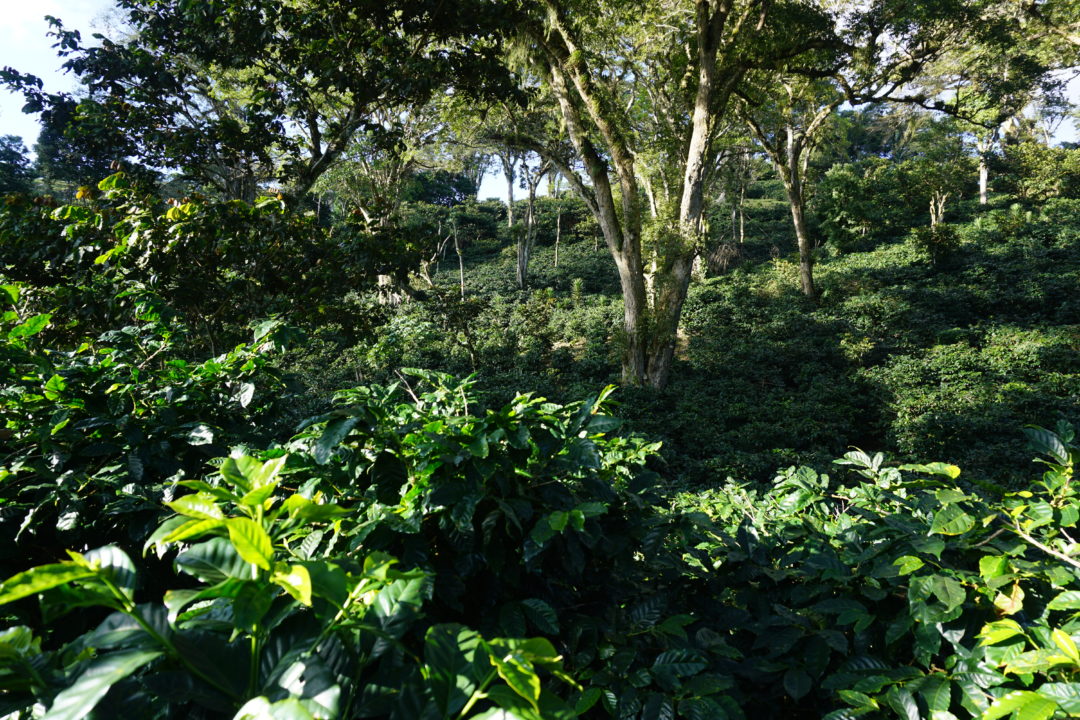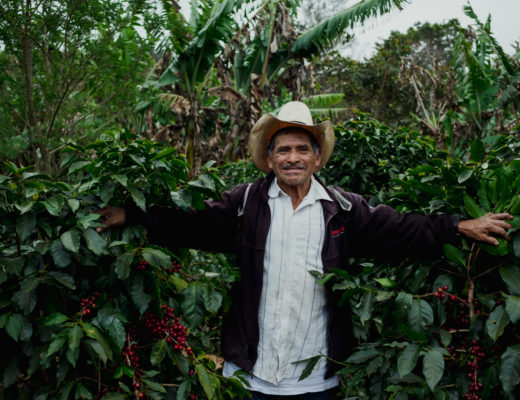In early 2016, the Arbor Day coffee program continued to new coffee growing areas that were making new strides in the specialty coffee industry. Central America has always been a hot spot for specialty coffee production, with the most popular farms in Guatemala, Costa Rica, and Panama. Specialty coffee auctions in these countries have seen astronomical prices for rare and interesting micro-lots in Guatemala, from Finca El Injerto reaching $500.50 per pound in 2012, and in Costa Rica where a farm sold $300 per pound in 2018, and most recently in Panama where an auction price of $1,029 per pound for a Panamanian estate natural processed micro-lot coffee was purchased in July of 2019.
These prices are not sustainable or realistic for most producers in the world, but the demand for higher end coffees is here to stay, and more countries with ambitious and clever coffee producers are creating their own unique paths to producing specialty lots that gain the attention of specialty coffee roasters.
Nicaragua, Honduras, and Mexico have also joined the ranks of these specialty lots, due in part to the Alliance for Coffee Excellence not-for-profit organization that manages the Cup of Excellence program, which has uncovered a wealth of knowledge and shared experiences, in addition to inspiring and rewarding an entire generation of coffee producers and consumers around the world. The Cup of Excellence, in my opinion, has single-handedly transformed the world of specialty coffee as we know it today.
Join the Arbor Day coffee club.
This inspiration may not have directly influenced pursuits of our producer in Nicaragua, Victor Lopez at Finca Los Papales, or directly influenced our search for exploring the possibilities of offering a micro-lot selection as part of the Arbor Day Coffee program, but it has driven the conversation to new levels about processing techniques and pushing the envelope of what is possible when you have a dedicated young producer with a wealth of information and education to transform an entire farm’s production into an incubator of processing experimentations, resulting in unique and exceptional cup qualities.
The first visit for sourcing coffee was in October of 2016, were I met Victor Lopez, the son and agricultural engineer at Los Papales Estate near Jinotega. I was immediately impressed with their environmentally focused processing and operations and forested landscapes, with Rainforest Alliance certification. Victor and his family have a long history in Jinotega, where his grandmother once owned the land and farm that he has since taken over for his generation.
Victor is an agricultural engineer, with a degree from Zamorano, one of the most famous agricultural universities in Central America, located in the Southern region of Honduras. You can tell by the organization of the farm that he has applied his knowledge and engineering skills throughout the entire farm operations.
You may ask, what is the point of experimenting with different processing techniques? The simple answer is that it differentiates coffee in unique ways that add layers of flavour complexities and attributes. And coffee geeks love new, exciting flavors. Here’s a quick review of what he’s experimenting with currently.
Carbonic Maceration
Whole ripe cherries are placed in metal barrels and sealed with an airlock tube, connected to a bottle of water, similar to wine making. Once sealed, this forces carbon dioxide into the barrel to remove all oxygen. This is done with a carbon dioxide tank that is pumped into the barrel. The coffee cherries remain sealed for three to five days. After that, the coffee cherries are placed on raised beds to dry for 20 additional days. During this period, they are raked and rotated to ensure proper drying.
Anaerobic Fermentation
This follows much of the same process as carbonic maceration, but the coffee is pulped prior to being placed into the sealed metal barrels. After three to five days, the coffee is washed and placed on raised beds for 12 days. This is a shorter time period because much of the mucilage has been pulped, rather than left in full cherry form, as done with carbonic maceration.
Natural Process
Careful cherry selection of red ripe mature coffee is attained, usually measured by color, which presents a deeper red, almost purple cherry finish. They do not accept more than 2% “pinton” which is a slightly underripe yellowish color. They are taken directly from harvest to dry on raised beds for 20 days, similar to carbonic maceration yet without the three to five-day anaerobic initial environment.
Washed Process – No Fermentation
Red cherries are pulped immediately upon arrival to the wet mill, and then sent through a demucilager, which results in a clean parchment ready for drying on raised beds. There is no fermentation time, very little water usage, and takes approximately 12 days for full drying.
Honey Process
Red cherries are collected and pulped upon arrival to the wet mill, but mucilage remains on the parchment and is transferred immediately to the drying beds for 18 days. The types of coffee varieties (ie, Caturra, Catuai, Java, Pacamara, Mundo Novo) will have different results in the stickiness of the mucilage to the parchment.
For example, Pacamara has a denser mucilage, sticking to the parchment firmly, whereas Mondo Novo variety and Java variety are less dense, resulting in a slicker, less sticky mucilage. There are processes or additional activities that can be done to adjust the amount of resulting mucilage. Calibration of the pulpers, or the time between pulping and a slight washing can also change the resulting amount of pulp before drying.
The specialty coffee industry has been obsessed with post-harvest processing for the last decade, and there is likely no stopping the experimentation and newly found flavor profiles being developed.
It’s an exciting time to be in coffee, and producers like Victor at Finca Los Papales are at the heart of this movement. I’m personally excited to try more of his natural processed Java selection, and perhaps we’ll see it with Arbor Day coffee in the coming years.
Learn more our coffee at arborday.org/coffee.





No Comments